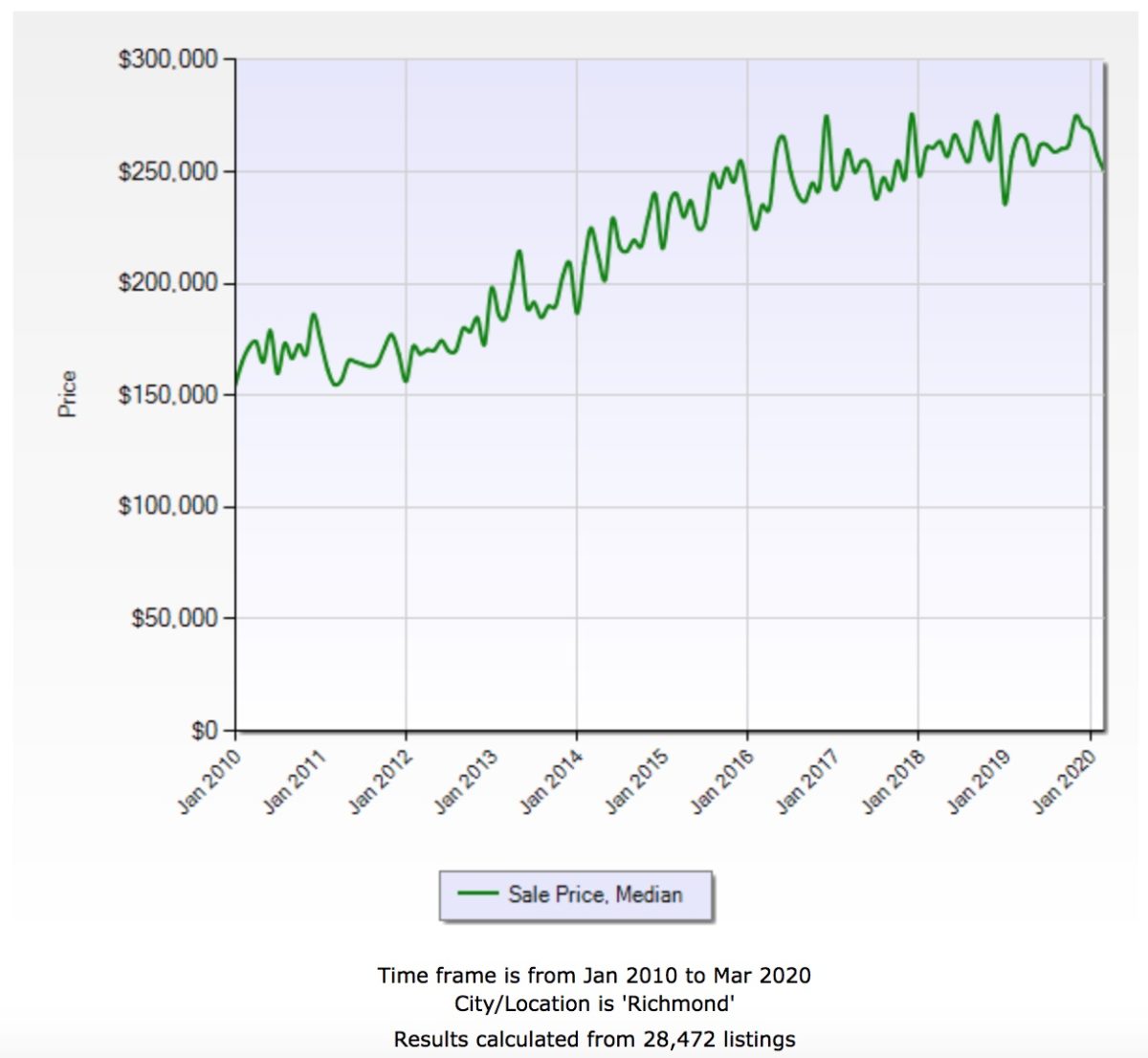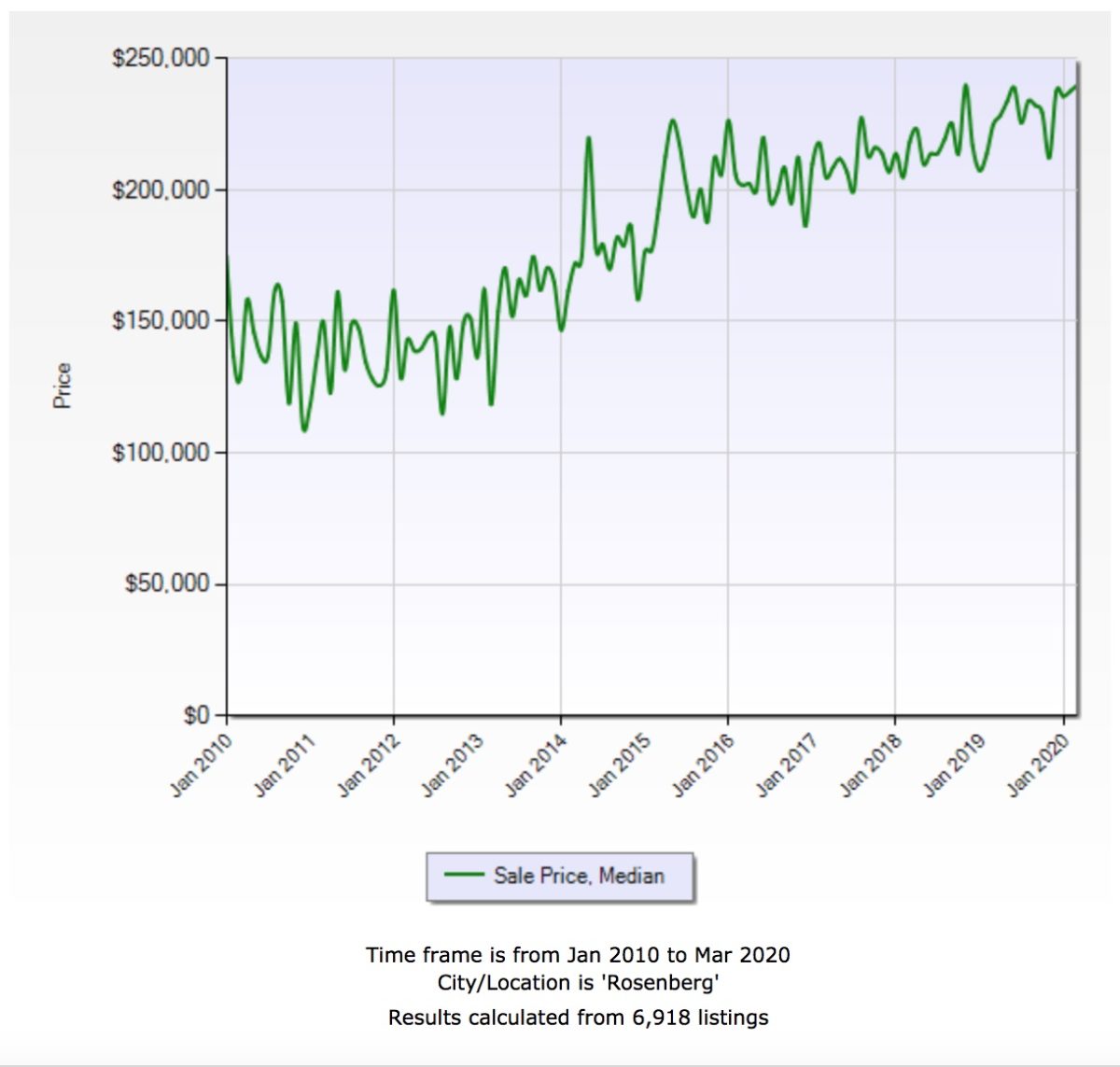Cities and Towns in Fort Bend County
Arcola

Arcola
Built on a league granted to one of the Old 300 settlers. This parcel of land, acquired by Jonathan Dawson Waters in the 1800s, became one of the biggest sugar and cotton plantations in Texas.
Beasley

Beasley
In the 1890s, C.A. Beasley arrived in Fort Bend County to work as an agent and telegraph operator for the local railroad. As the railroad grew, so did the city of Beasley.
Fairchilds

Fairchilds
Fairchilds is named for early settler Philo Fairchilds. In 1896, a colony of Mennonites bought a league of land on Big Creek and soon, several families settled the area.
Fulshear

Fulshear
Fulshear was established on July 16, 1824 by a land grant of Mexico to Churchill Fulshear. Churchill Fulshear was one of Stephen F. Austin’s original Three Hundred. In 1888, Churchhill’s son allowed the San Antonio and Aransas Pass Railroad to travel through his land. Fulshear’s economy boomed as supplies arrived by rail and families moved closer to the railroad.
Fulshear – Sales Price Treads

Katy

Katy
Earliest settlement of the community known as Cane Island, for Cane Island Creek that runs through it, was in 1872. The town site of Katy was laid out and platted by J.O. Thomas, L.C. Luckel and R.M. Cash in 1895, supposedly name for the M-K-T Railroad that runs through it. The main industry was rice farming, but also peanuts and cotton.
In 1896, the town officially made Katy its name. It’s located 30 miles west of downtown Houston, the fourth largest city in America.
Katy – Sales Price Trends

Kendleton

Kendleton
Originally called Oak Hill, this area was an early stop on the main stagecoach route between Columbia and San Antonio. In the 1860s, a land agent named William Kendall purchased land and divided it into small farms, which were then offered up for sale. Eventually, the community that formed became known as Kendleton.
Meadows Place

Meadows Place
Meadows Place was part of Stafford’s extraterritorial jurisdiction prior to incorporation on November 14, 1983. “One Square Mile” city of Meadows Place has its own police force and 24/7 fire and EMS protection.
Missouri City

Missouri City
In 1890 R. M. Cash and L. E. Luckle, two Houston real estate investors, bought four square miles of land southwest of Houston. They advertised in St. Louis, Missouri. In 1893 W.R. McElroy bought eighty acres in the area and began to promote the it. He called the new town Missouri City. It was officially registered in Texas in 1894.
Missouri City – Sales Price Trends


Needville
The community was established about 1891 by August Schendel, who built a home, a store, and a cotton gin on the high prairie and called it Schendelville. When he applied for a post office in 1894, he changed the name to Needmore for a joke, since the place needed more of everything. Since that name was already in use, the post office department changed the name to Needville.
Needville – Sales Price Trends


Orchard
One of the first settlers, S.K. Cross, promoted the community in 1890 as he sold his land to German, Bohemian, and Polish settlers. These settlers began planting large fruit orchards and visitors were soon calling the area Fruitland. The post office application for Fruitland was denied because another existed, so the community reapplied with the name Orchard in 1892.

Pearland
Pearland is actually a part of three counties: Brazoria, Fort Bend, and Harris. Native Indian inhabitants hosted European visitors here in 1528. Once promoted as an “Agricultural Eden,” Pearland got its name from the abundance of pear trees in the community.
Pearland – Sales Price Trends


Pleak
Pleak gets its name from real estate developer A.E. Pleak. A successful oilman, he donated land for a school in 1912, which resulted in the formation of a small community in the area that still bears his name. In Aug. 1979 this area was incorporated as the Village of Pleak. With no post office in this incorporated area, the citizens have 3 different addresses, Needville, Richmond, & Rosenberg. There are also 2 different school districts, LCIS District, and the Needville School District.

Richmond
In early 1837 the town of Richmond was established by Robert Eden Handy and his business partner, William Lusk, and as early as April the partners were advertising to sell lots in the town. Named after Richmond, England, the town was first incorporated by the Republic of Texas in May 1837; in December, when Fort Bend County was formed, Richmond became its seat of government.
Richmond – Sales Price Trends


Rosenberg
With the railroad’s arrival, Rosenberg got its start. Thomas Barnett, a signer of the Texas Declaration of Independence, was one of its first residents. In 1880, a train depot was named Rosenberg Junction to honor Henry von Rosenberg, president of the GC & Santa Fe Railroad. Rosenberg quickly became a boomtown in 1920 when oil was discovered here, earning the nickname “City of Mud.”
Rosenberg – Sales Price Trends


Simonton
Named after James Simonton who came to Texas in 1850, this city became known for the quality artesian water beneath the entire area. Around 1888, the railroad was built and the population of Simonton increased, as it was one of the main water stops for the steam engines at that time. In the 1900s, potatoes and cotton became export crops. There was even a cotton gin located near the railroad until the 1980′s.

Stafford
1824, Stafford was granted a league-and-a-half of land, which became known as Stafford’s Point, and aided by a horse-powered cotton gin, began farming on his plantation and operating the gin to bale his and other farmers’ crops in the area. It marked the beginning of the business friendly climate that remains as a trademark of Stafford today.
Stafford – Sales Price Trends


Sugar Land
In 2009, Sugar Land celebrated its 50th anniversary, along with it’s rich history. Stephen F. Austin’s secretary once owned land right where the city is located. In 1840, sugarcane was planted and quickly became the area’s cash crop. In 1908, a sugar cane refinery built in 1896 was purchased and renamed Imperial Sugar. It was the Imperial Sugar Company that developed the town, modernizing the refinery and building houses for the employees and their families. The city was incorporated as a city in 1959.
Sugar Land – Sales Price Trends

Statistic Source: HAR.com

